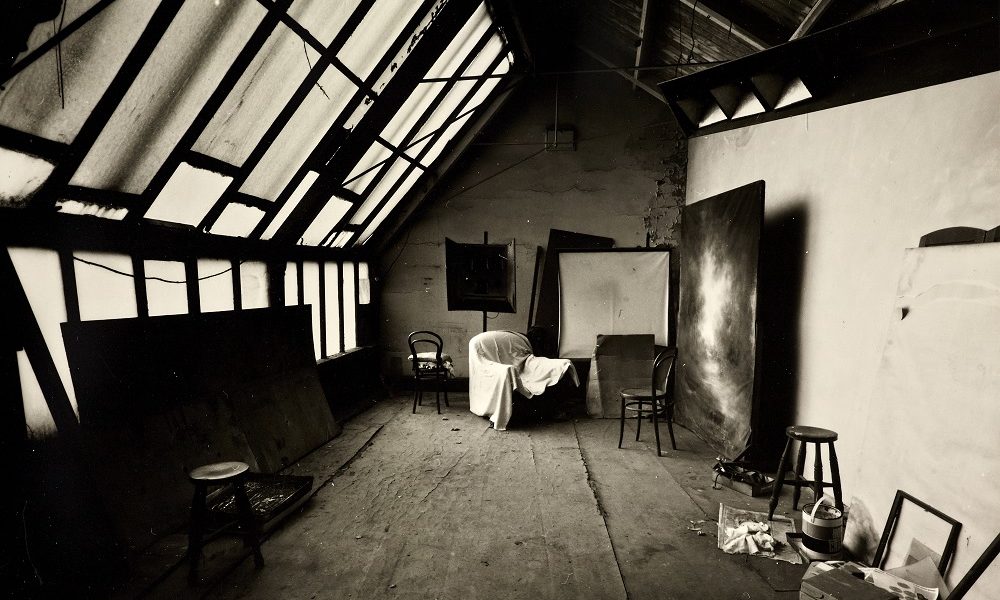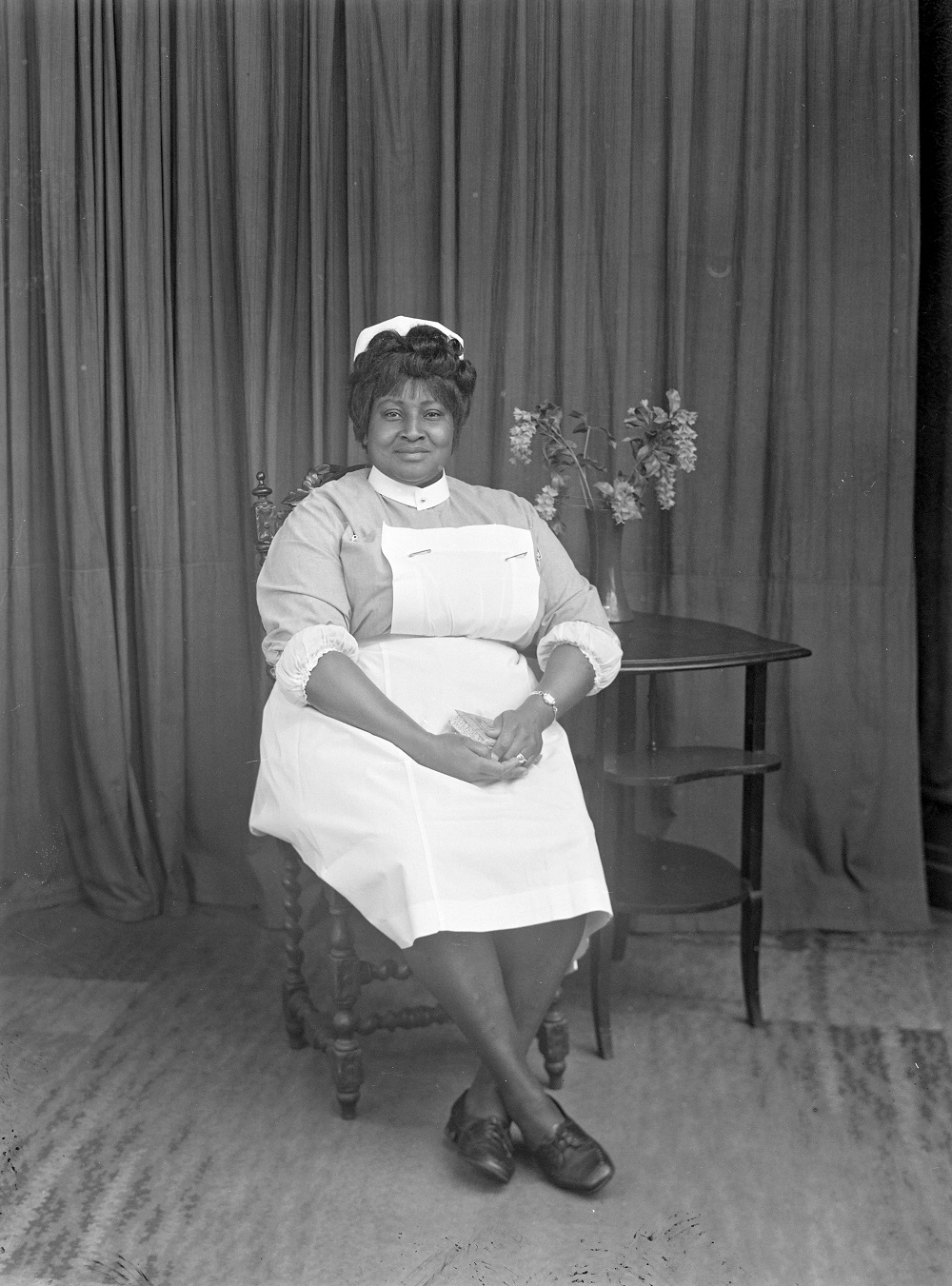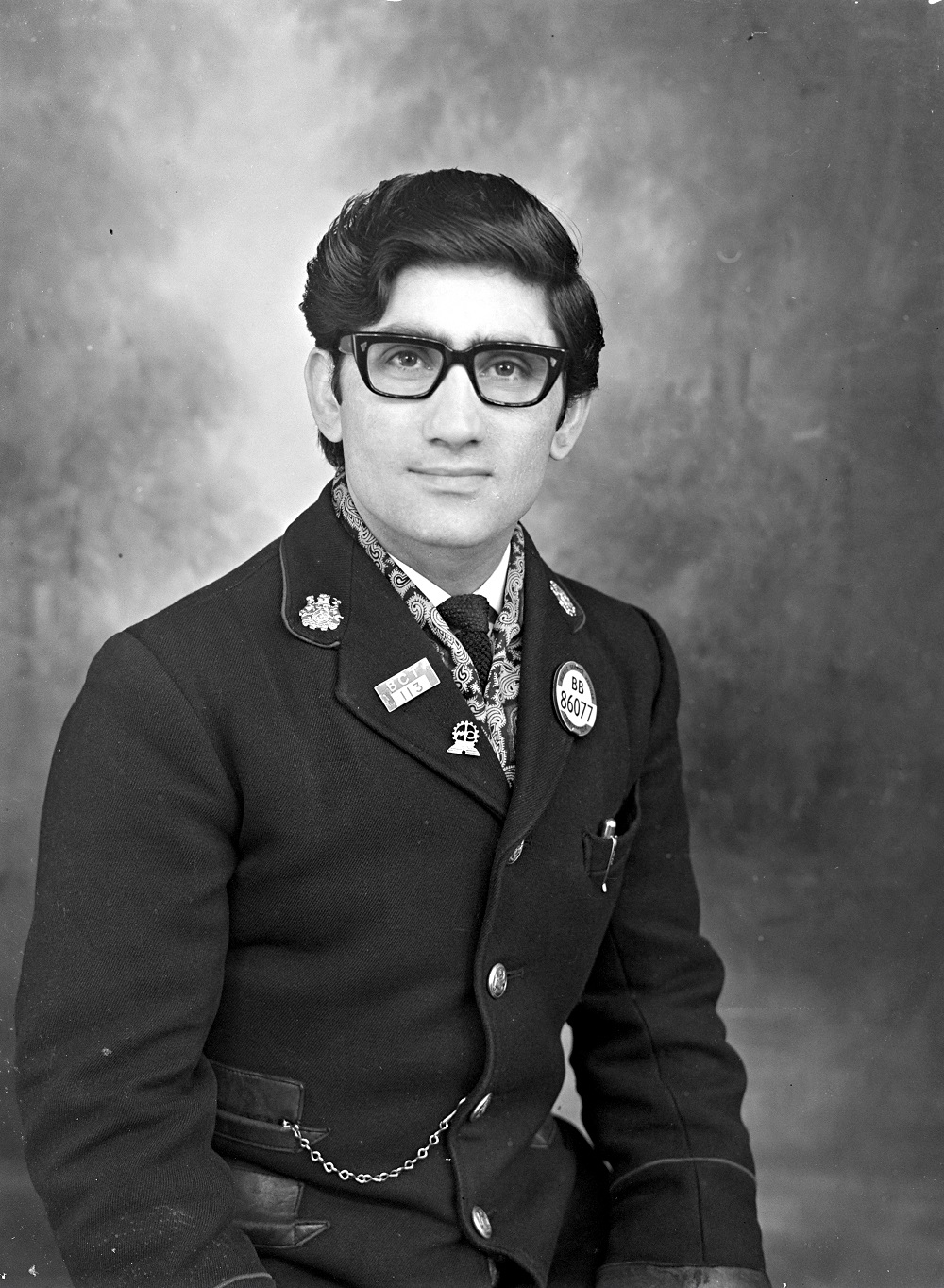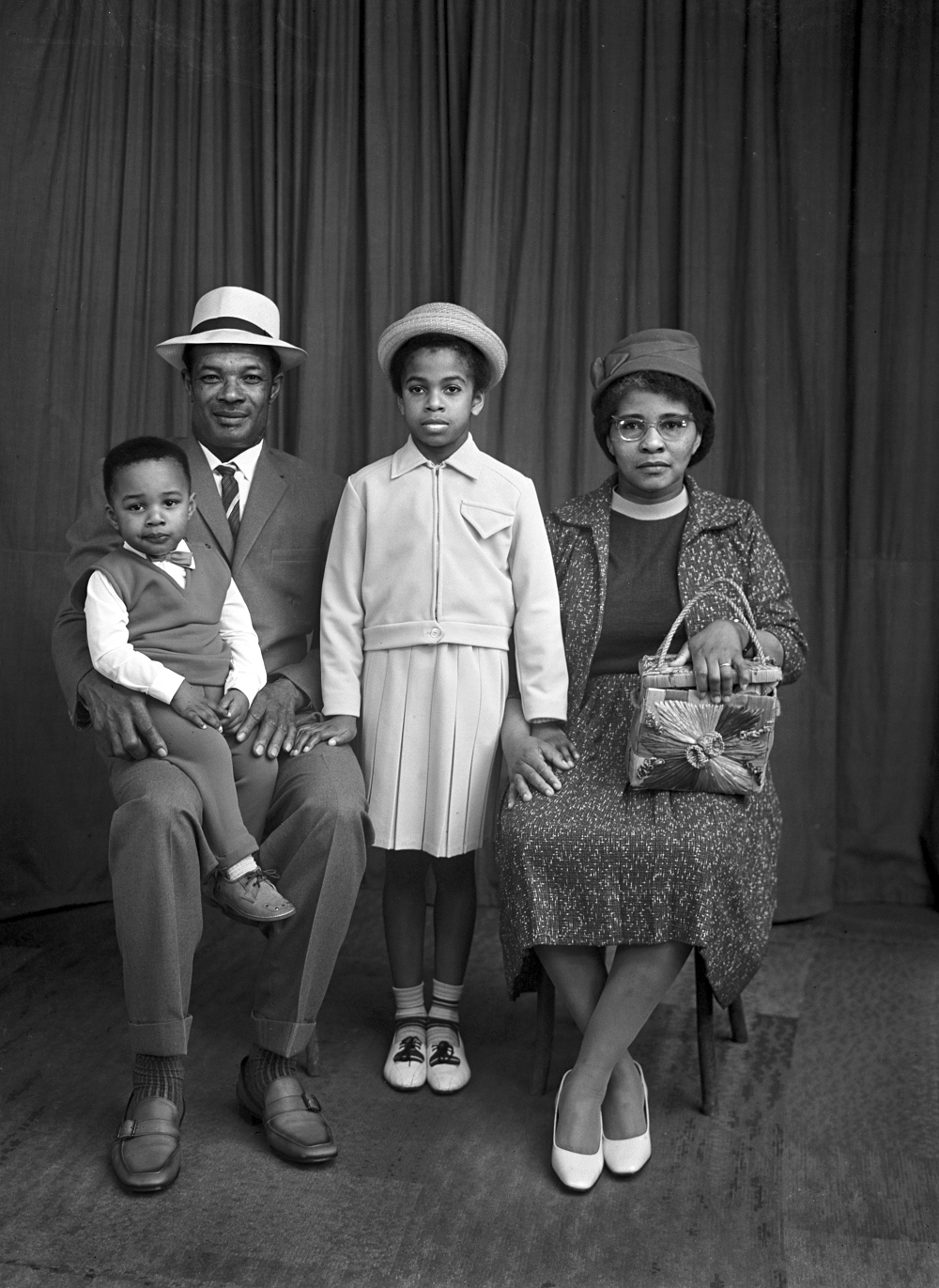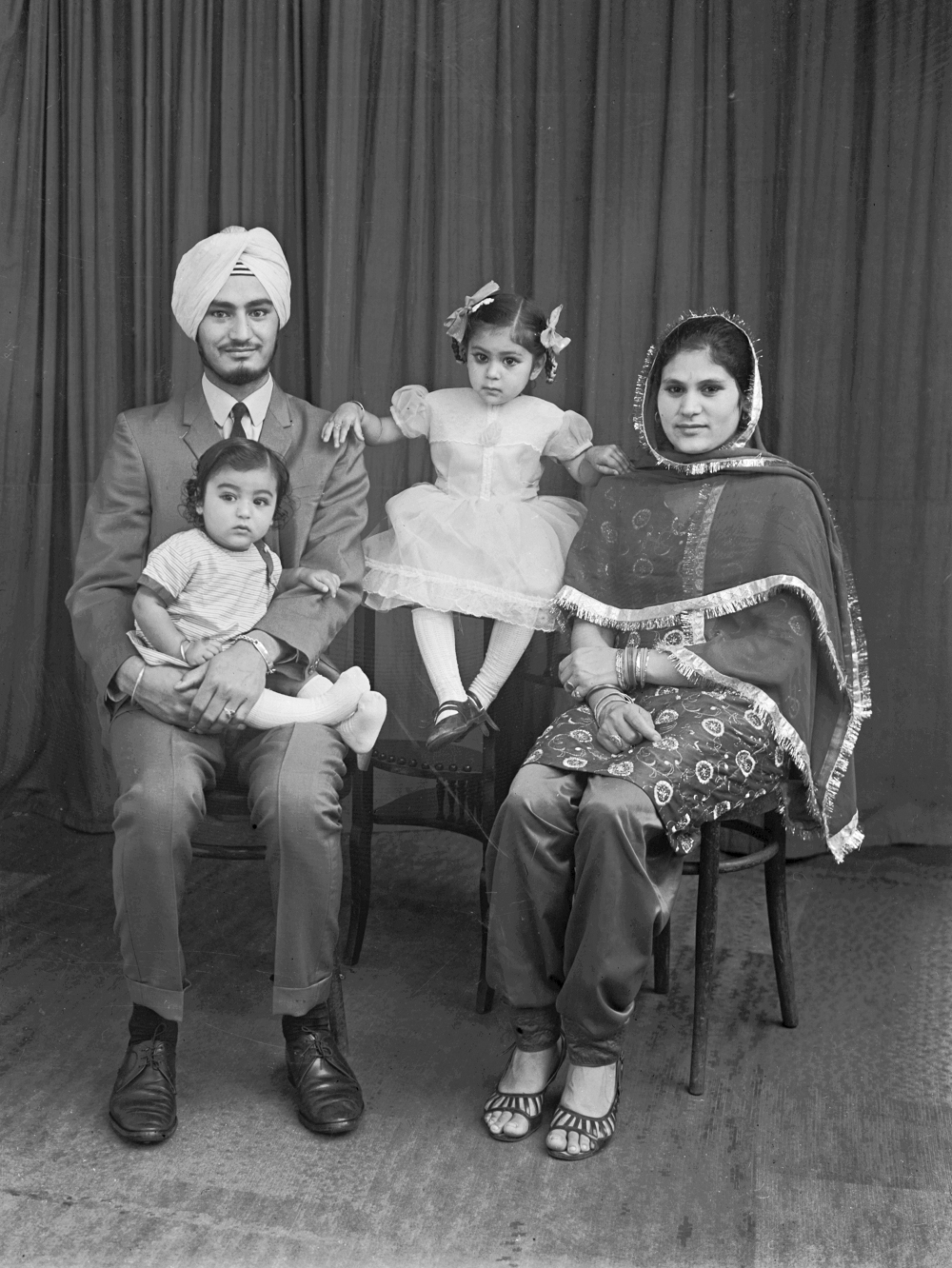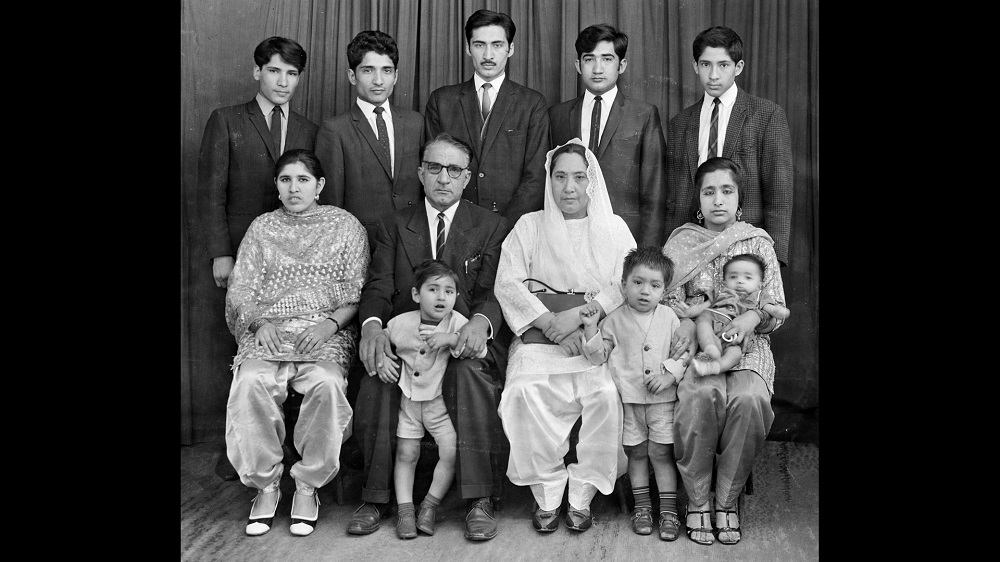The Daylight Studio in the National Science and Media Museum’s Kodak Gallery has been redeveloped to tell a fascinating local story – that of Bradford’s Belle Vue Studio on Manningham Lane.

The photography studio was well known for welcoming customers from different heritages and cultures when all the other studios refused their service. Thousands of portraits were taken that form a unique record of the changing face of a British industrial city in the middle of the 20th century.
The Belle Vue Studio opened in 1926 on Manningham Lane in Bradford, run by owner and photographer Benjamin Sandford Taylor. Its first customers were white British and Irish.
By 1946, Taylor hired Tony Walker as a darkroom technician. Walker soon learned the ropes and took over the business in 1953 when Taylor retired.
This was around the time when the clientele started to diversify. Britain was facing a shortage of labour during the 1940s and 50s and people from overseas were encouraged to seek jobs in Bradford. Most arrivals worked in the textile industry and other factories, the newly created National Health Service and expanding public transport networks.
Racism in Bradford led to many people being turned away from photographic studios because of the colour of their skin, but Tony Walker didn’t turn anyone away.
A customer retells his experience from the early 1960s:
‘For a long time I wanted to get a picture. I’m going places and they’re telling me that it’s bad for business because I was Black, it will lose customers… And then I saw this studio [Belle Vue] and I went in and saw Mr Walker, and he says ‘You can have your picture right away if you want it’… and it ended up that I noticed that most of the Black people went there, to that particular studio.’
The portraits reflect gradual change, showing the first arrivals from the Asian subcontinent as groups of single men in the 1950s, who were later joined by their families in the 60s and 70s. Sending their Belle Vue portraits home encouraged family members and friends to move to Bradford.
Tony Walker reflected on his relationship with customers in an interview in 1991:
‘I became very very friendly with them, not one, not two, hundreds. And by word of mouth, my expertise was banded about the countryside, in Yorkshire and Lancashire, even down as far as Birmingham, Manchester, coming to me for [a] passport [photo].’

It is clear that the Belle Vue Studio became a safe space for many communities struggling to fit into their new lives in Britain. The portraits were aspirational, often telling a different story to their reality.
There is much more to this story, as visitors to the exhibition will be able to discover now that the museum is reopen to the public.

The Belle Vue Studio at the National Science and Media Museum is a free permanent exhibition, produced as part of the Bradford’s National Museum research project and funded by the Arts and Humanities Research Council. The Belle Vue Collection is housed at the Bradford Industrial Museum as part of Bradford Museums Photo Archive.
Bibliography and further reading
Bradford Heritage Recording Unit Collection, Bradford Museums & Galleries
